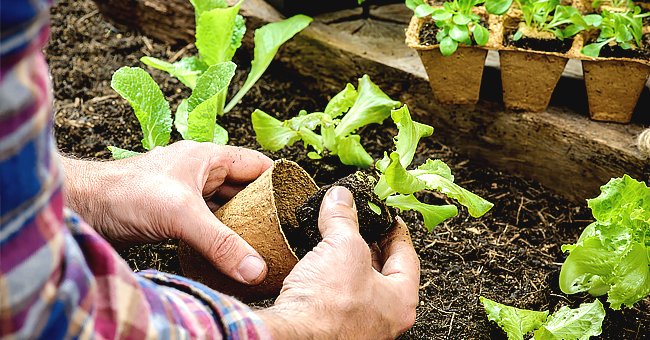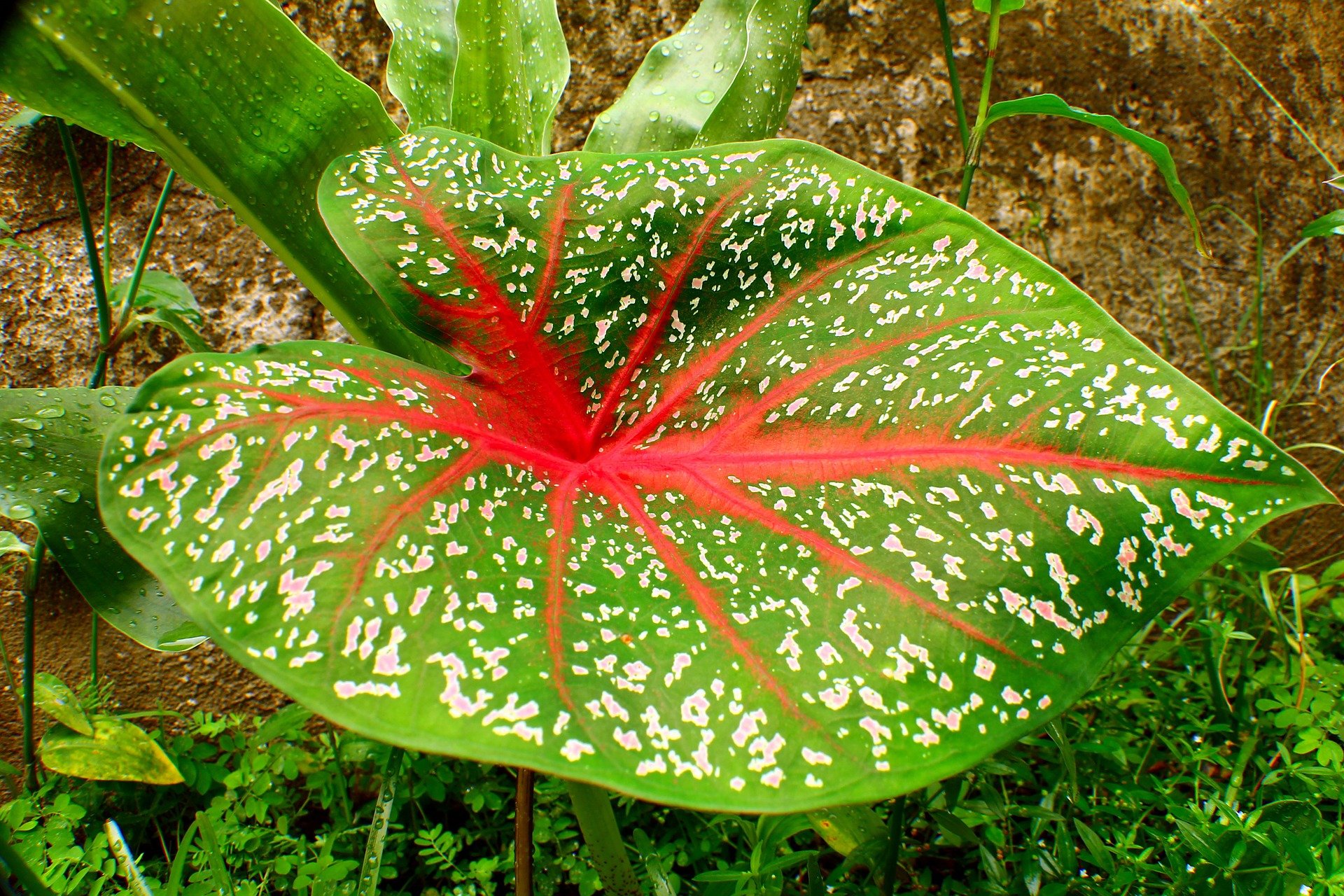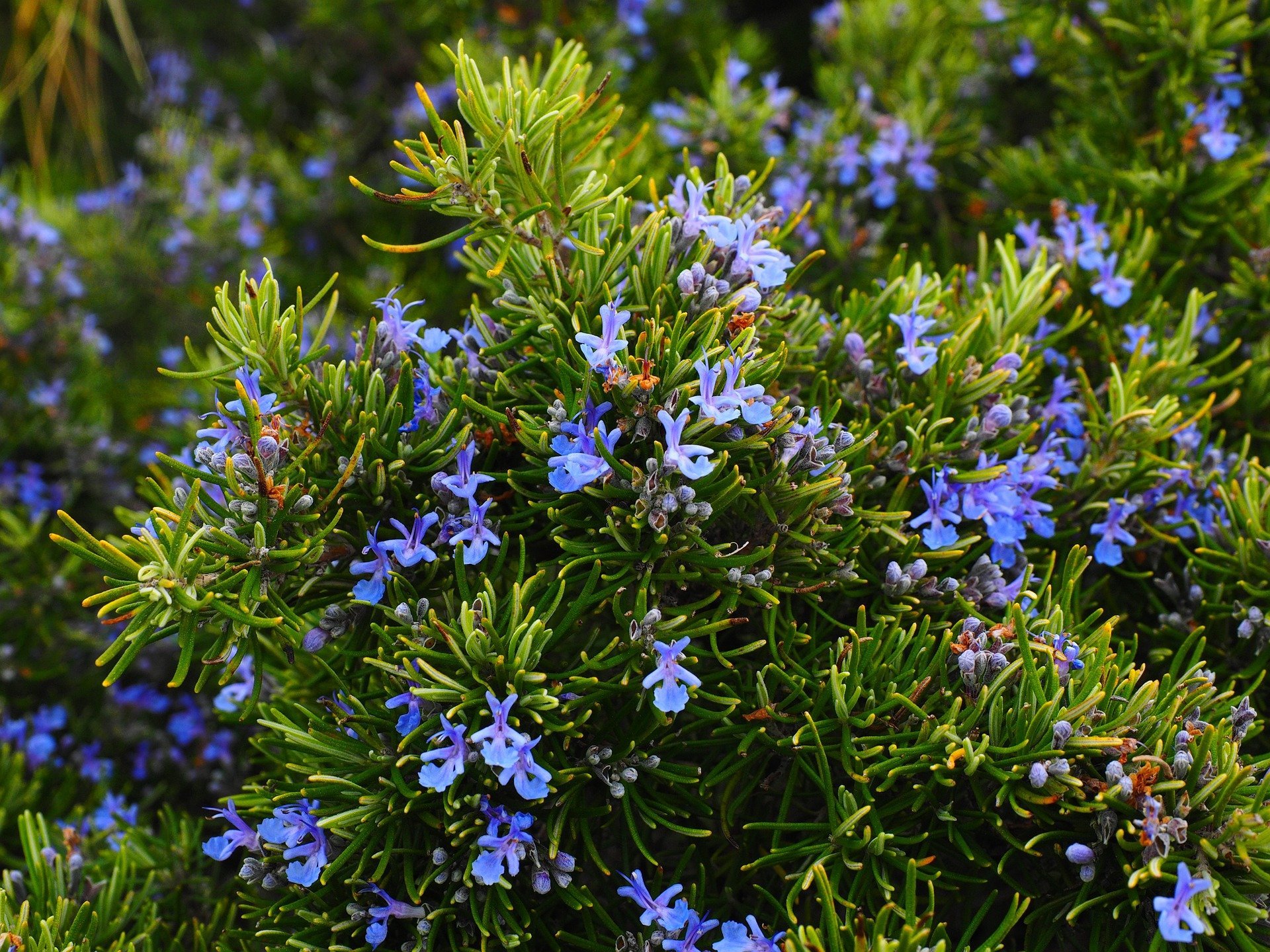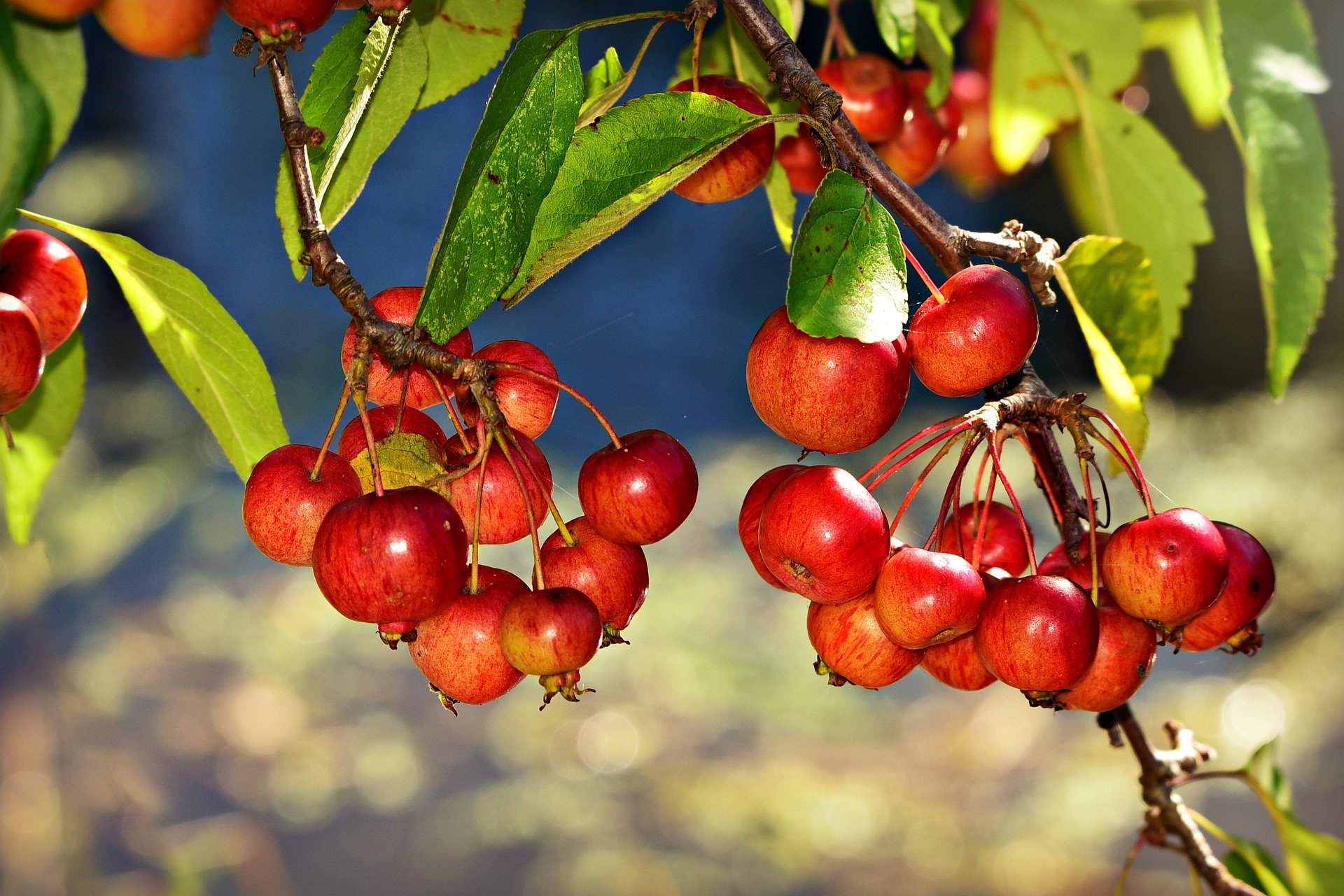
Tips and Ideas for Overwintering Your Garden Plants
Winter can be a tough season not only for humans but also for plants. The snow and freezing temperature can take a toll on them. Here are some tips to overwinter your garden plants.
There are ways to protect your plants from the harsh weather conditions during winter. Herbs, rose, geraniums and tropical plants can outlast the winter, with proper care.
Each plant may need a different kind of care during winter. One may need some cutting and another some insulation with the use of soil. Here are some tips to help your plants survive winter.

Lush geraniums hanging from an elevated garden. | Photo: Pixabay
GERANIUMS
It is important to find out when the first frost will hit to help you prepare geraniums. Overwintering these plans entails cutting them back to about 6 to 8 inches and putting them in pots just big enough to fit the roots.
Put regular potting soil to cover the pot’s remaining space. Place the plants in a shaded area for a week and then transfer them to an indoor area where they can get sun exposure. Trim off the old leaves when new ones grow.

An image of two orange-colored rose flowers. | Photo: Pixabay
ROSES
Grafted roses need extra care during winter. Their graft unions must be covered with soil to protect them against low temperatures. Put 12 inches around the base of the rosebush after a freeze or two.
Unlike grafted roses, nongrafted ones require fewer measures for overwintering. Simply mulch the ground around them using shredded leaves or straw.
For vegetable gardens, one way to prepare is to simply harvest and store the vegetables, especially the tender ones, like tomatoes, beans, and peas.

A picture of a Calladium. | Photo: Pixabay
TROPICAL PLANTS
For tropical plants, overwintering also requires less effort. When their leaves turn brown and start to die, dig them up, remove the dirt from the swollen parts of roots and place them on newspapers in a shaded area for two days.
Afterward, remove the top growth and put the corms, bulbs, and tubers in a container filled with vermiculite or dry peat moss. Keep them in a shaded area with temperatures between 35° and 50°F.

A picture of a rosemary plant. | Photo: Pixabay
ROSEMARY
Dig up the plant before a frost and transfer it to a pot indoors. It is important to put it in a sunny spot and to water it evenly. Give the plant a good rinse once a month. In late spring, when it no longer frosts, put the plant back into the ground outdoors.
PERENNIALS
Keep your perennials alive throughout winter by putting mulch of organic matter such as straw and leaves after several frosts. It is useless to mulch the soil early on because it may just end up getting inhabited by rodents. It is important to monitor the weather forecast.

A picture of a red chokeberry. | Photo: Pixabay
SMALL TREES
As for shrubs or small trees, chicken wire or a cylinder of snow fencing will help protect them against extreme cold. Straw or leaves when placed between the fencing and the three can serve as good insulation.
Indeed, winter requires plenty of adjustments. For vegetable gardens, one way to prepare is to simply harvest and store the vegetables, especially the tender ones, like tomatoes, beans, and peas. Gardens can also be designed to reduce frost damage.
